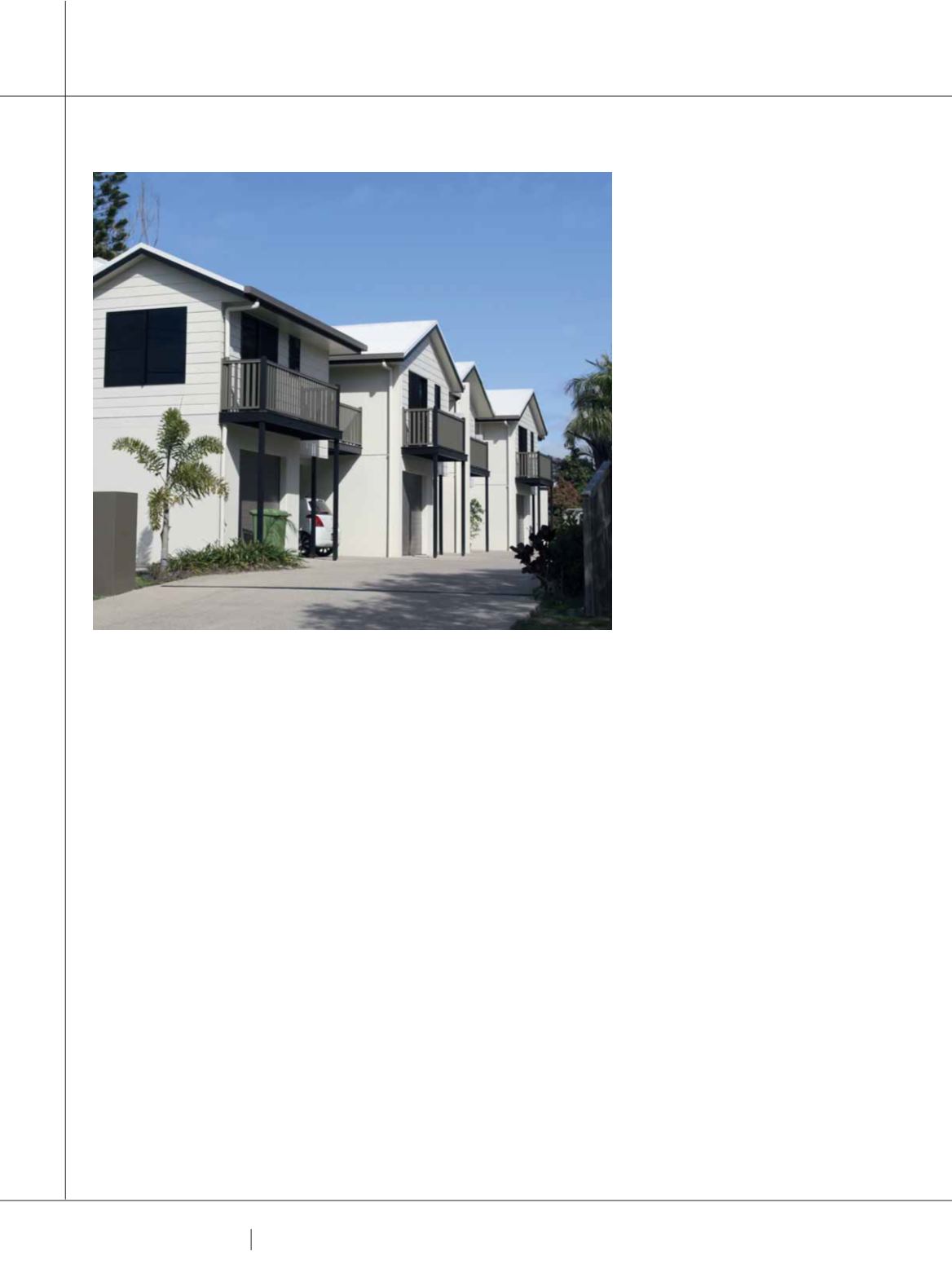

2 6
PLUMBING CONNECTION
WINTER 2016
The Victorian Building Authority
on the other hand administers the
licensing and registration system
for plumbers and gasfitters, and
administers the self-certification
and compliance certificate scheme
for plumbing, including standard gas
fitting work. This work is subject to
auditing to ensure compliance with the
prescribed Australian Standards.
The VBA investigates consumer
complaints and provides a technical
advice line and technical solution
sheets.
STANDARD GAS INSTALLATIONS AND
COMPLEX GAS INSTALLATIONS
There are two sides to gasfitting
in Victoria. There is gasfitting
for ‘standard’ gas installations,
handled by the VBA, where licensed
gasfitters ‘self-certify’ that their
work complies with all applicable
regulations, standards and codes and
lodge a Compliance Certificate to the
VBA within five days of completing
the installation. The VBA monitors
the compliance of self-certified
work through random audits and
inspections.
Generally plumbing and gasfitting
work in domestic and light commercial
premises qualifies as ‘standard’ gas
installations. All other plumbing and
gasfitting work in commercial and
public premises, including high rise
buildings, schools and hospitals is
regarded as ‘complex’ gas installation
work.
Gasfitting for ‘complex’ gas
installations is handled by ESV. Here
licensed gasfitters ‘do not self-
certify’ their work but are required
to seek acceptance from ESV prior
to commissioning the installation.
Gasfitters are required to submit
a Gas Application to ESV prior to
commencing the work and lodge a
Compliance Notice with ESV after
completion of the installation.
Depending on the assessed risk, of
the gas installation, ESV may choose
to inspect the installation prior to
accepting the installation or audit the
installation after acceptance.
If you are installing any Type B
appliance, regardless of the building
type, the installation is automatically
deemed a ‘complex’ gas installation.
Determining whether a gas
installation is a ‘standard’ installation
or a ‘complex’ installation can be
awkward. The criteria below will assist
you in deciding whether you have a
‘standard’ gas installation. If your
installation is not ‘standard’ then it
is automatically considered to be a
‘complex’ gas installation.
DETERMINING STANDARD GAS
INSTALLATIONS
Based on the Gas Safety Act 1997,
and the Gas Safety Regulations
2008, ‘standard’ gas installations are
categorised as follows:
∫ Caravans and mobile homes;
privately owned and not used for
commercial enterprises.
∫ Buildings of classes (see
explanations below)
-
Class 1a buildings
-
Class 2 buildings that have 5
storeys or less above the ground
-
Class 2 buildings that have more
than 5 storeys above the ground if
the premises are occupied or have
been previously occupied
-
Commercial premises; Class 5
or Class 6 buildings that have 5
storeys or less above the ground.
∫ As well as the descriptions above
the following conditions apply for
Standard gas installations:
∫ The total gas consumption of the
appliances does not exceed 500
megajoules per hour.
∫ The maximum metering pressure
-
(a) In the case of an LP Gas
installation, the prescribed
maximum operating pressure of
the second-stage gas pressure
regulator associated with
that LP Gas installation is 70
Class 1a building is a single dwelling being a detached house or one of a group of
two or more attached dwellings.
GASFITTING
















